IN PICS: Life in Warsaw, 80 years after World War II
Eyewitness News' Orrin Singh is currently in Warsaw, Poland, as the city prepares to commemorate 80 since the Warsaw Uprising against the Nazi's.

A woman rides her bicycle past several murals in the city which line the streets, paying homage to the fallen heros of World War II. Picture: Orrin Singh/Eyewitness News
WARSAW - Thursday commemorates 80 years since the Warsaw Uprising - the single largest military effort undertaken by resistance forces of the Polish Home Army (AK) to oppose Nazi occupation during the World War II.
The uprising was fought for 63 days, 1 August 1944 to 2 October 1944, with little outside support.
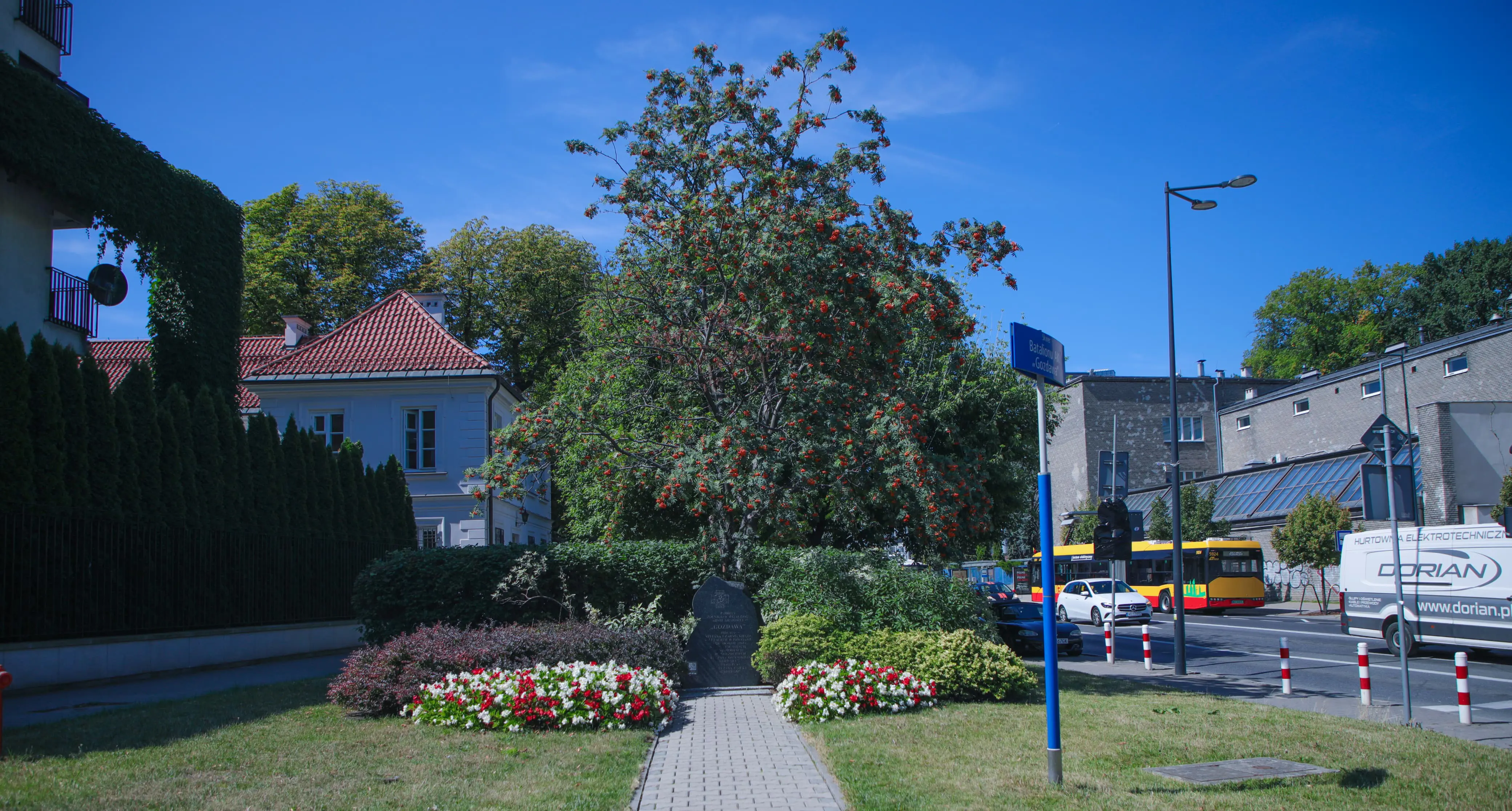
The Gozdawa memorial stone, situated in the heart of Warsaw. Picture: Orrin Singh/Eyewitness News

A memorial stone dedicated to the fallen soldiers of the 'Gozdawa' Battalion which fought the Germans during the Warsaw Uprising of 1944. Picture: Orrin Singh/Eyewitness News
The South African Air Force, specifically 34 Squadron - a heavy bomber squadron - played a major role in the Warsaw Airlift operation, a British-led operation to re-supply the besieged Polish resistance Home Army.
It is estimated that about 16,000 members of the Polish resistance were killed, and about 6,000 badly wounded. In addition, between 150,000 and 200,000 Polish civilians died, mostly from mass executions.
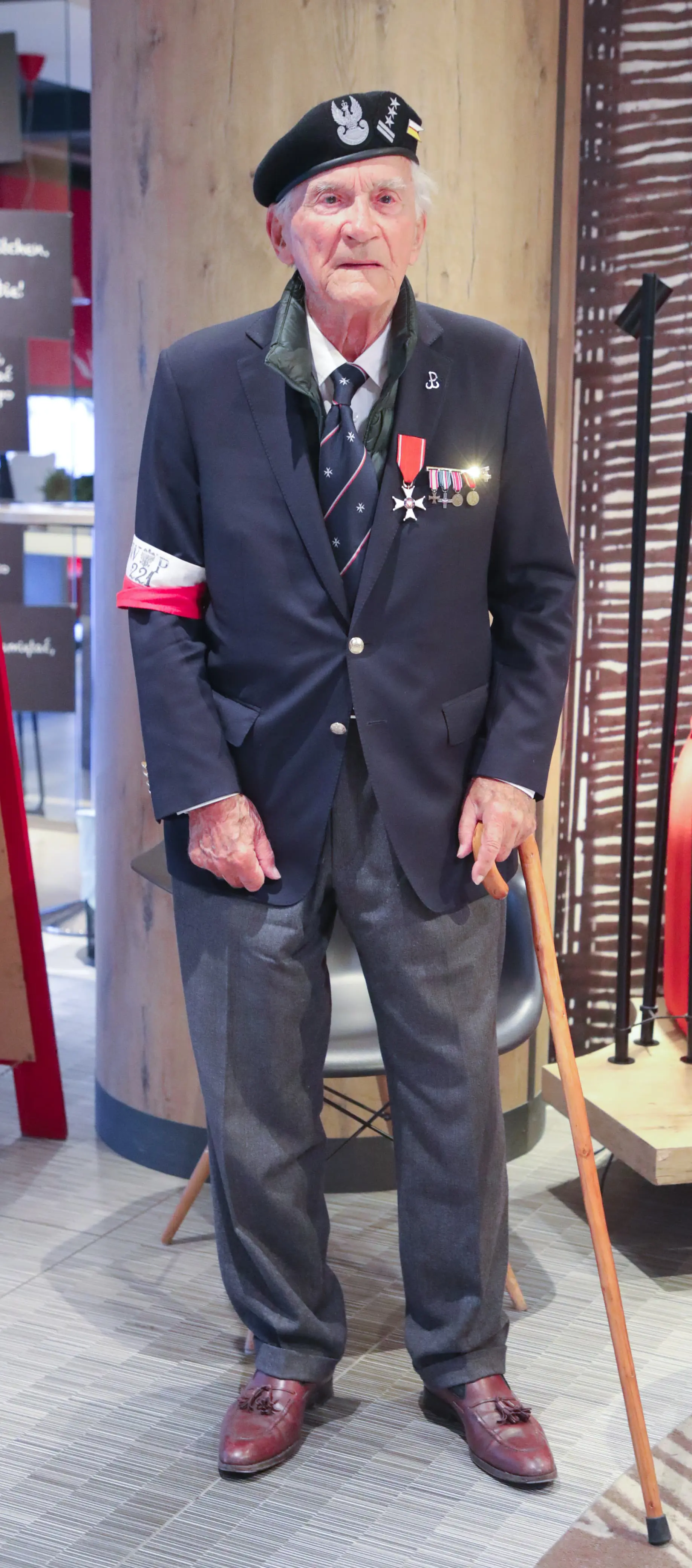
95-year-old George's Baranowski was only 15 and held the ranking of Colonel when he fought in the Warsaw Uprising against the SS Troops of the Nazi regime. He will be honoured during the 80th commemoration of the Warsaw Uprising in the city on 1 August 2024. Picture: Orrin Singh/Eyewitness News
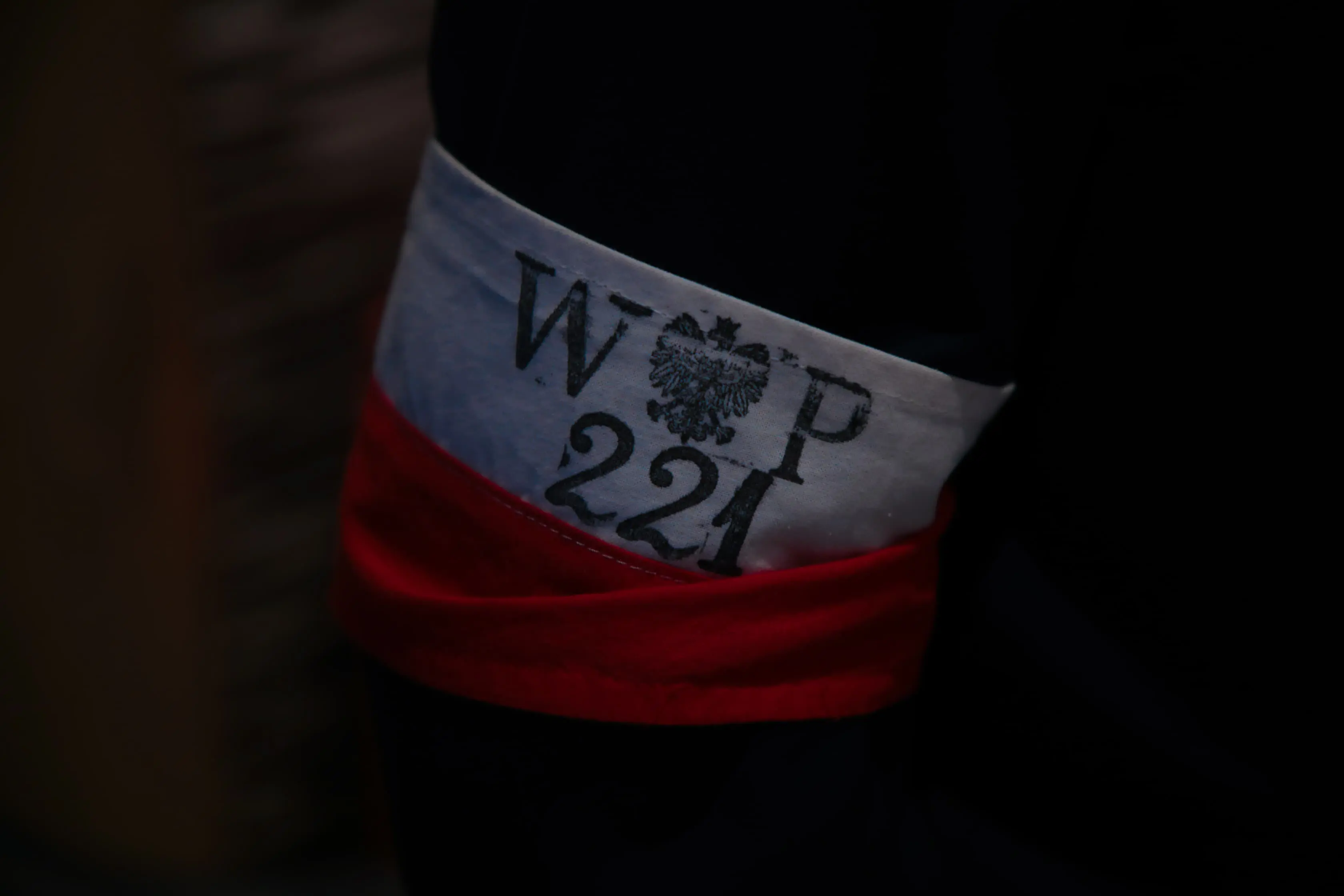
Former Polish Home Army (AK) Colonel, George Baranowski, proudly shows off his AK armband from World War II. Picture: Orrin Singh/Eyewitness News
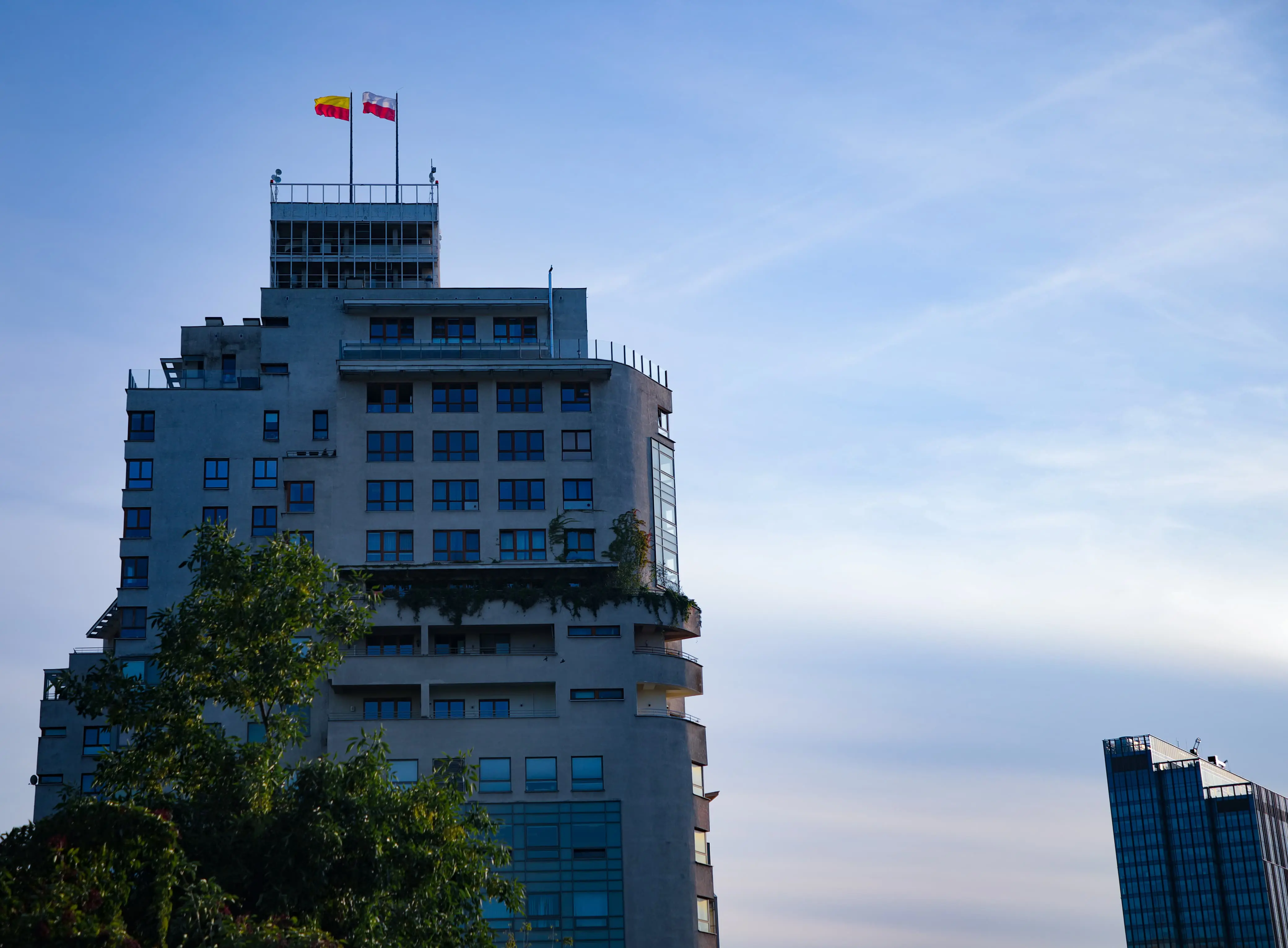
A commercial building in Warsaw's city centre proudly showcases the Polish and Warsaw flags. Picture: Orrin Singh/Eyewitness News
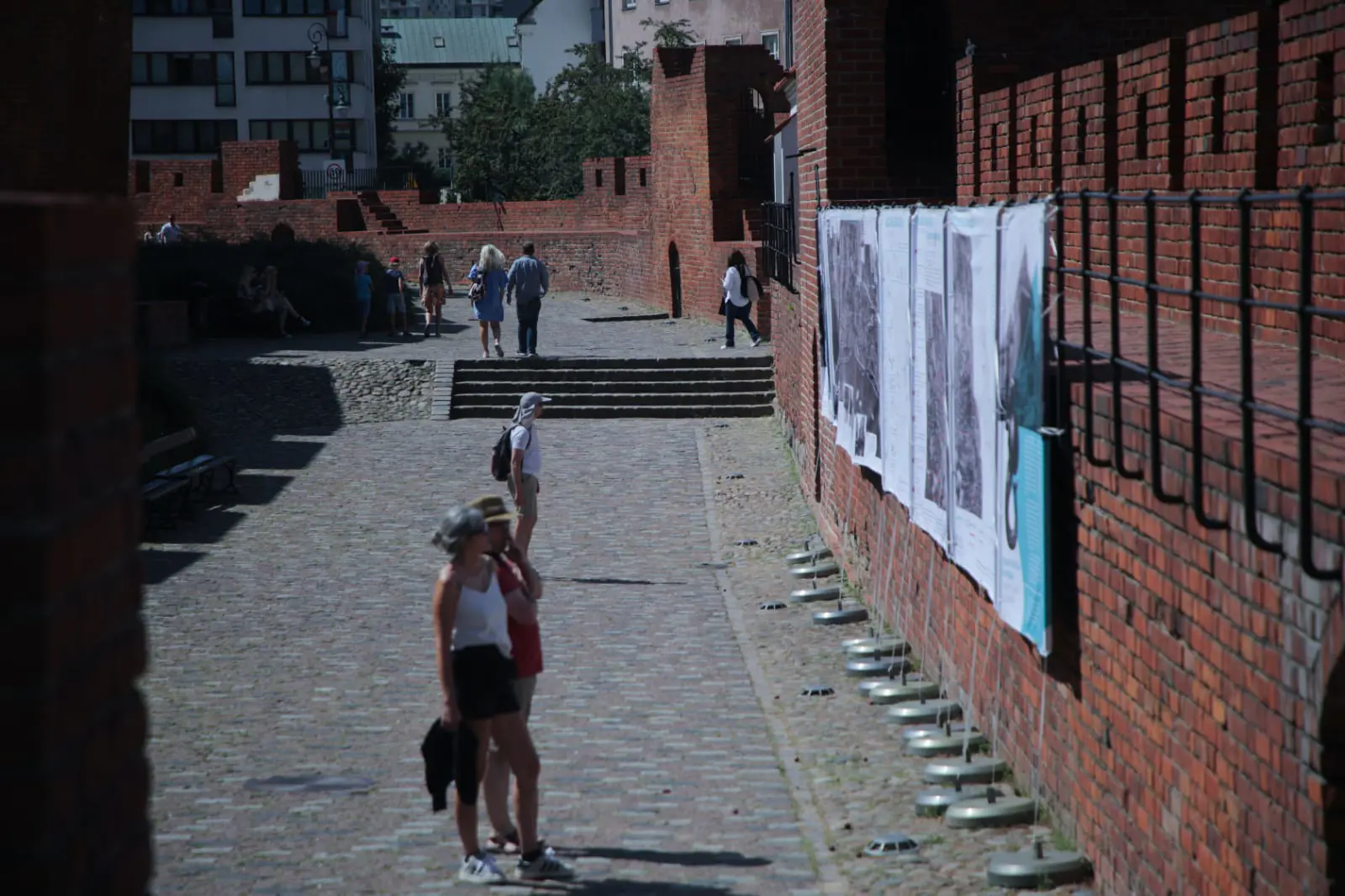
Tourists observe maps of Old Town in Warsaw, Poland on 1 August 2024. Picture: Orrin Singh/Eyewitness News
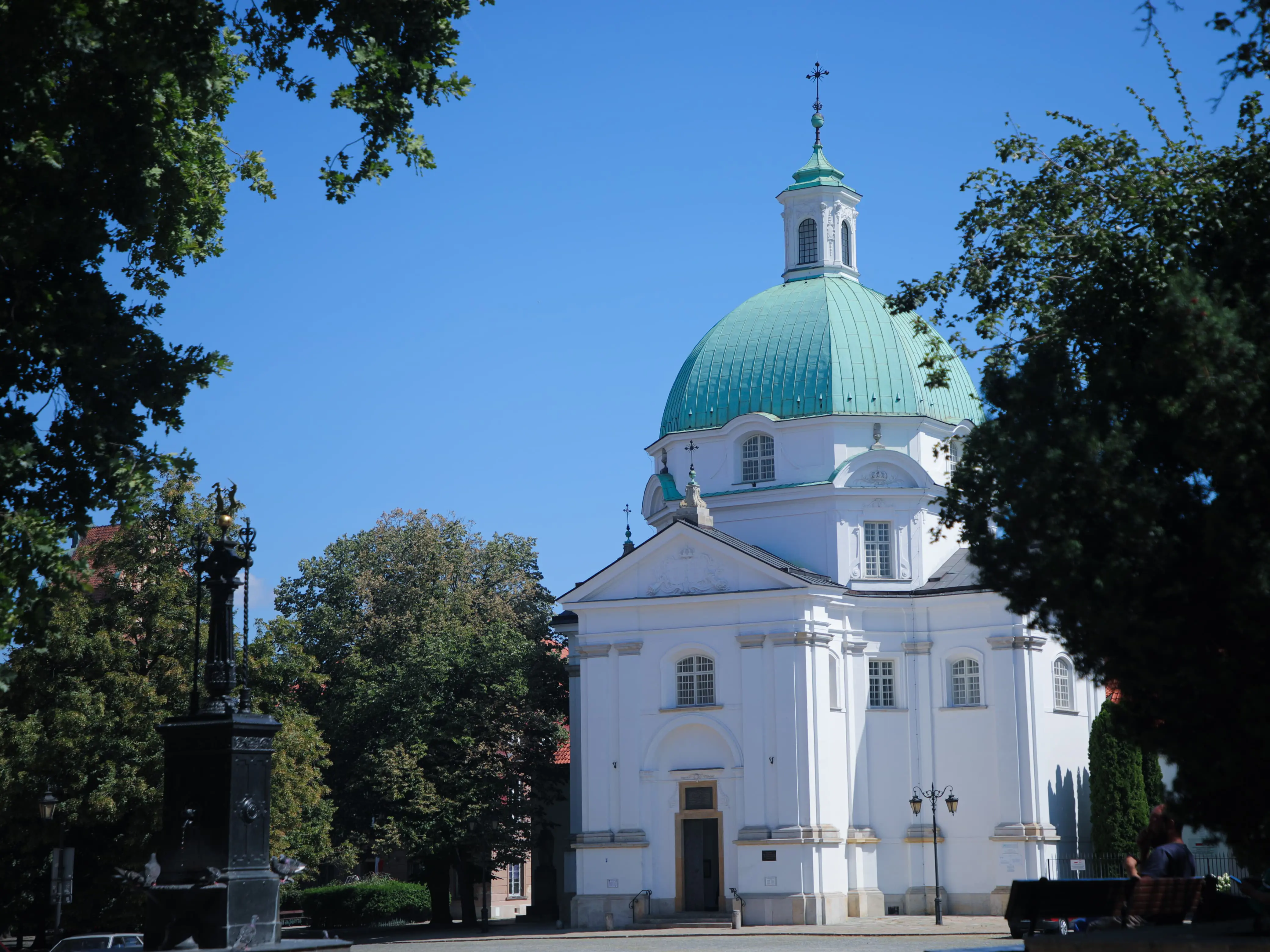
The St. Kazimierz Catholic Church in New Town, Warsaw, was used as a hospital during World War II. Nuns housed many civilians in the church and cellars and gave medical aid as well as they could. During a single raid on August 31, 1944, four priests, 35 nuns and over 1,000 civilians sheltering in the church's crypt, were killed. It was later targeted by German bombings. The church was reconstructed between 1947 and 1953. Picture: Orrin Singh/Eyewitness News
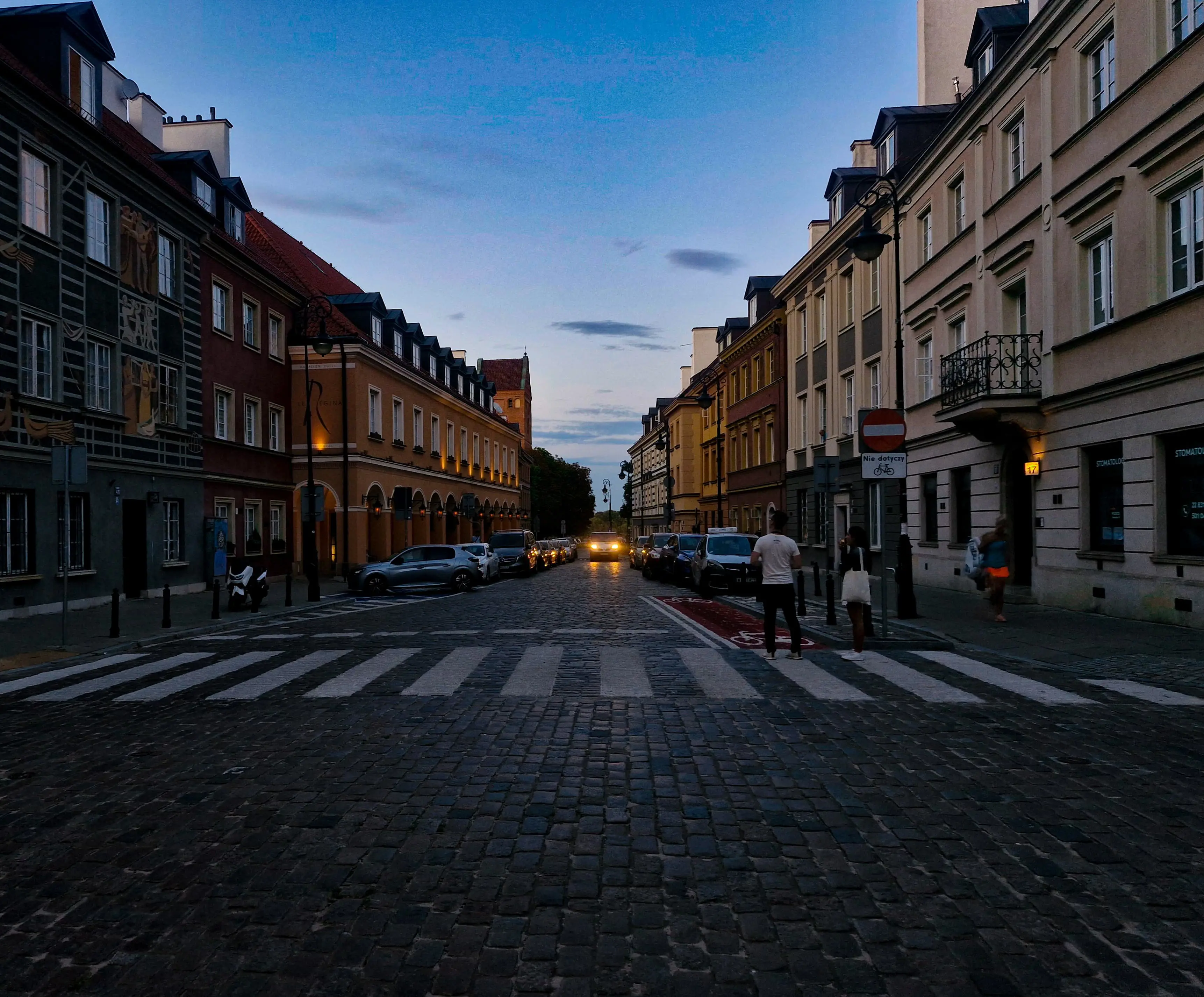
The streets of New Town, Warsaw, on 1 August 2024. Picture: Orrin Singh/Eyewitness News

A mural in the Polonia Warsaw Stadium reads: 'Respect for courage and faith in victory'. Picture: Orrin Singh/Eyewitness News

New Town, Warsaw, is well-known for quaint restaurants and cafés. Picture: Orrin Singh/Eyewitness News
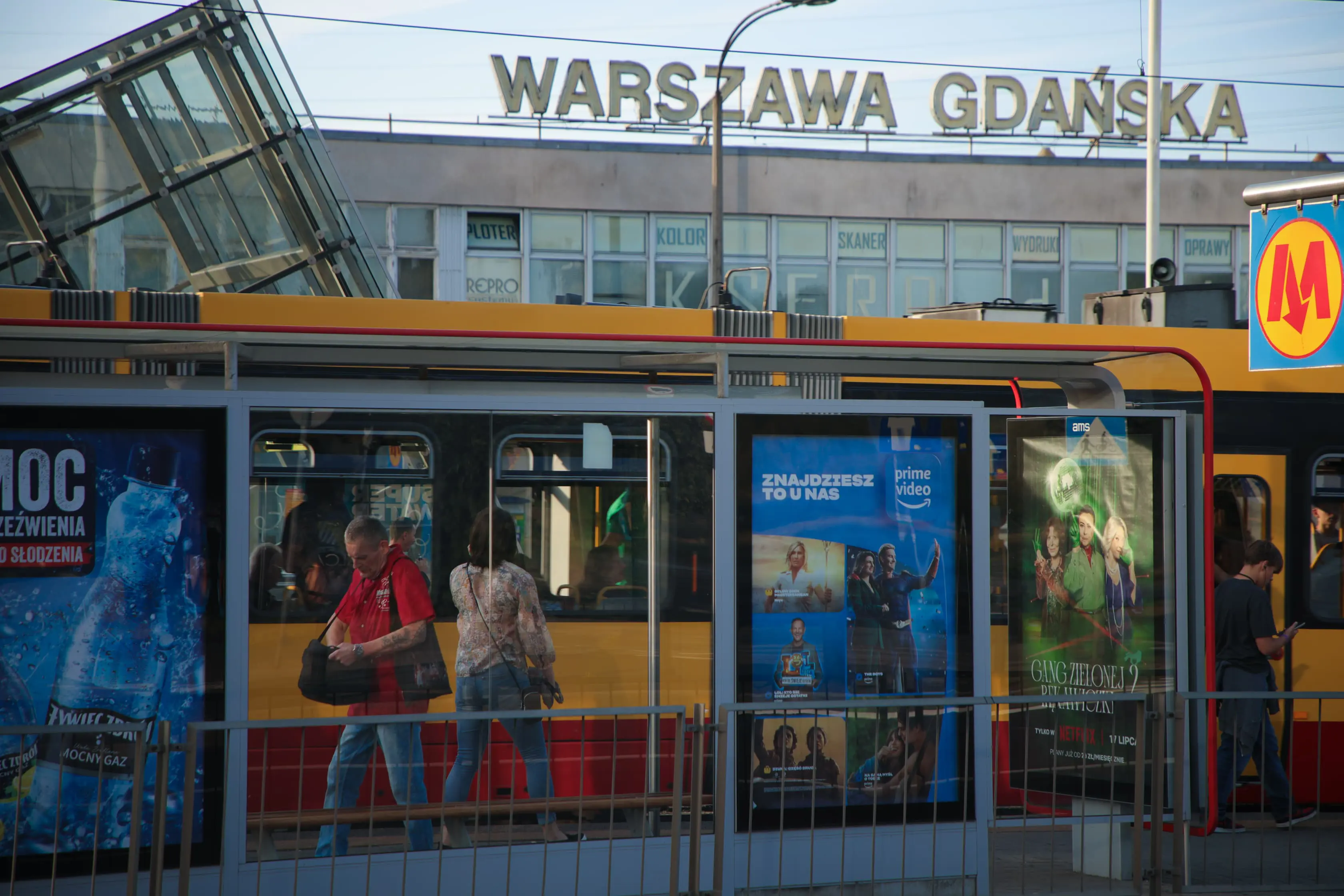
Commuters in Warsaw at a tram station near the city centre. Picture: Orrin Singh/Eyewitness News